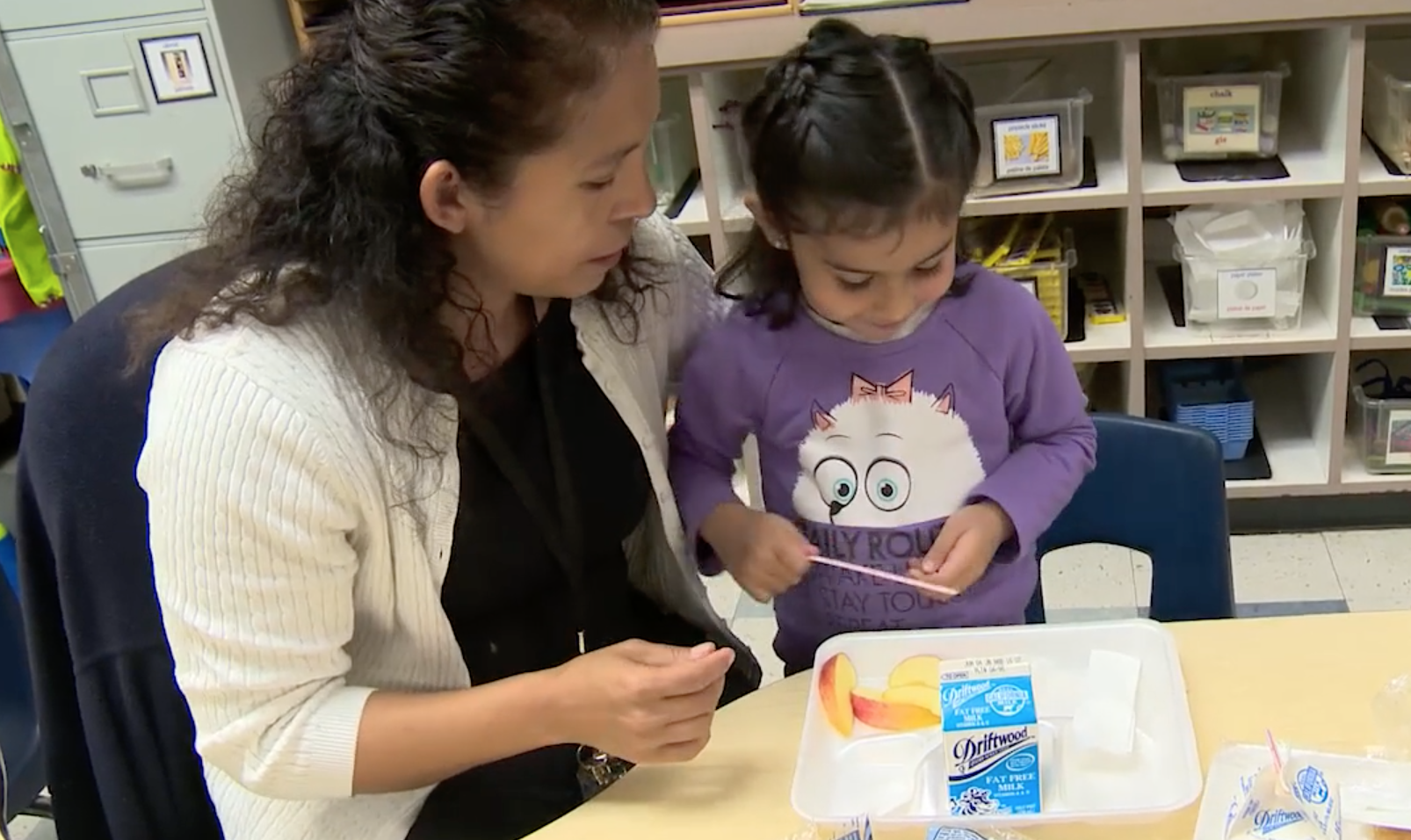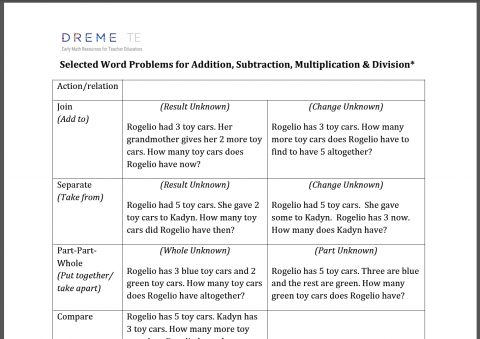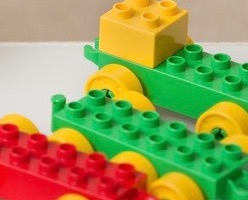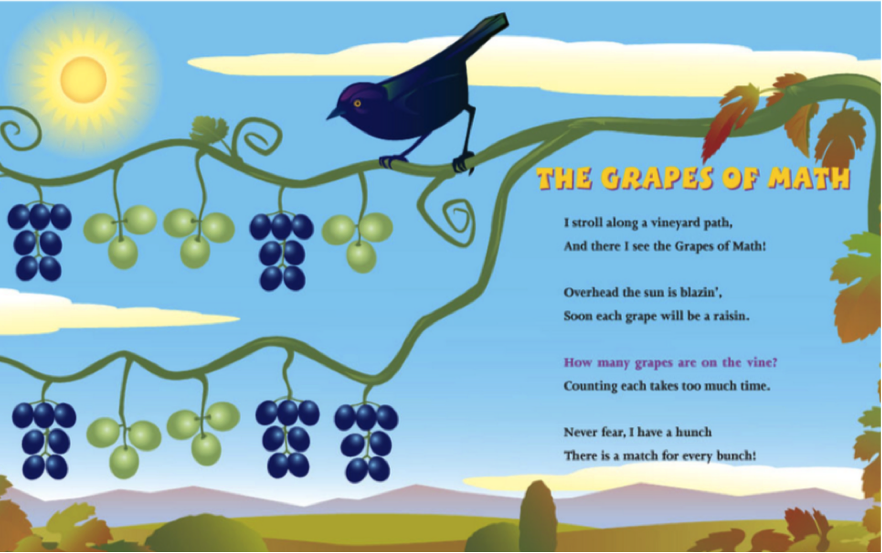Considering how a young child would intuitively approach word problems helps us to explore the range of problem types within addition, subtraction, multiplication, and division.
by Angela Chan Turrou and Megan Franke
From a Child's Perspective
When we come across a word problem, we often jump directly to thinking about what operation the problem is asking for. Is it an addition, subtraction, multiplication, or division problem? Once we have decided which operation the word problem is asking for, we then decide what strategy we want to use to execute that operation. Though this approach to solving mathematics problems might be common for adults, it is quite far from how young children approach problems. Young children intuitively approach word problems not by thinking about an operation, but by thinking about the story. They consider what objects are in the story (is it about frogs or bananas or children on the playground?) and what is happening to the objects in the story (are they hopping away or being eaten or running around together?).
Let's dig into this idea of a child's perspective and how it might different from an adult's perspective by taking a look at these three word problems.
- Liz had 6 apple slices. She ate 4 of them. How many apple slices does Liz have now?
- Liz has 4 rocks in her collection. How many more rocks does Liz need to collect so that she will have 6 rocks?
- Liz has 6 snow globes and her brother has 4. How many more snow globes does Liz have than her brother?
An adult might look at these word problems and see a common operation (subtraction) across all of them. They might think about subtraction as take away and use the strategy of “six take away four” to solve all three problems and get the common answer of “two.”
 A young child, however, would not see a common “six take away four” situation for all three problems. She might think about a take away, removal, or separating action for the apple slices problem, because if Liz eats some of her apple slices, then these apple slices would need to be taken away/removed/separated from the whole quantity. However, a young child would not act upon the other two problems in the same way. The rocks problem has a joining action as Liz needs to figure out how many more she is joining to her current quantity. The snow globes problem is a comparison situation, involving two distinct quantities (six objects and four objects) and asking about how these quantities compare to each other. Technically nothing is happening to these objects; they are just sitting there, nothing joined, nothing separated.
A young child, however, would not see a common “six take away four” situation for all three problems. She might think about a take away, removal, or separating action for the apple slices problem, because if Liz eats some of her apple slices, then these apple slices would need to be taken away/removed/separated from the whole quantity. However, a young child would not act upon the other two problems in the same way. The rocks problem has a joining action as Liz needs to figure out how many more she is joining to her current quantity. The snow globes problem is a comparison situation, involving two distinct quantities (six objects and four objects) and asking about how these quantities compare to each other. Technically nothing is happening to these objects; they are just sitting there, nothing joined, nothing separated.
Examining these three problems the way a young child would allows us to see why a problem might be difficult and what strategies the child is likely to use. How might a young child solve the rock collecting or the snow globes problem? Would they solve both of those the same way? See Beginning Strategies for Problem Solving for a discussion of how young children intuitively approach word problems by modeling out the action or number relationships involved.
Problem Types Chart
Below is a chart of word problems organized to help you see important distinctions among addition, subtraction, multiplication, and division problems. Problems that are most applicable to young children are included in the chart. Download and explore the chart below. What do you notice about the chart and how it’s organized? How would a young child solve each problem? What number sentence could you write that matches the problem situation? [Note: This last question is a "trick question" for the Compare problem.]




